How Much Do You Know About The Story Of Mary Magdalene’s Life?
Between its differences in how God is portrayed between the Old and New Testaments, the variations between gospels in detailing the life and miracles of Jesus, and the differences between its versions, the Bible is a pretty complicated book in many ways. This complexity lends itself to a wide variety of interpretations and makes confusion almost inevitable during close examinations of the religious text.
But whether it’s because of genuine confusion or spin by Church authorities over the millennia since Jesus walked the Earth, it’s hard to find a figure in the Bible more misunderstood than Mary Magdalene. And given her significant role in Jesus’s life, there’s tremendous value in finally setting the record straight on who she was and — just as importantly — who she wasn’t. Keep reading to learn more.
A frustratingly common name
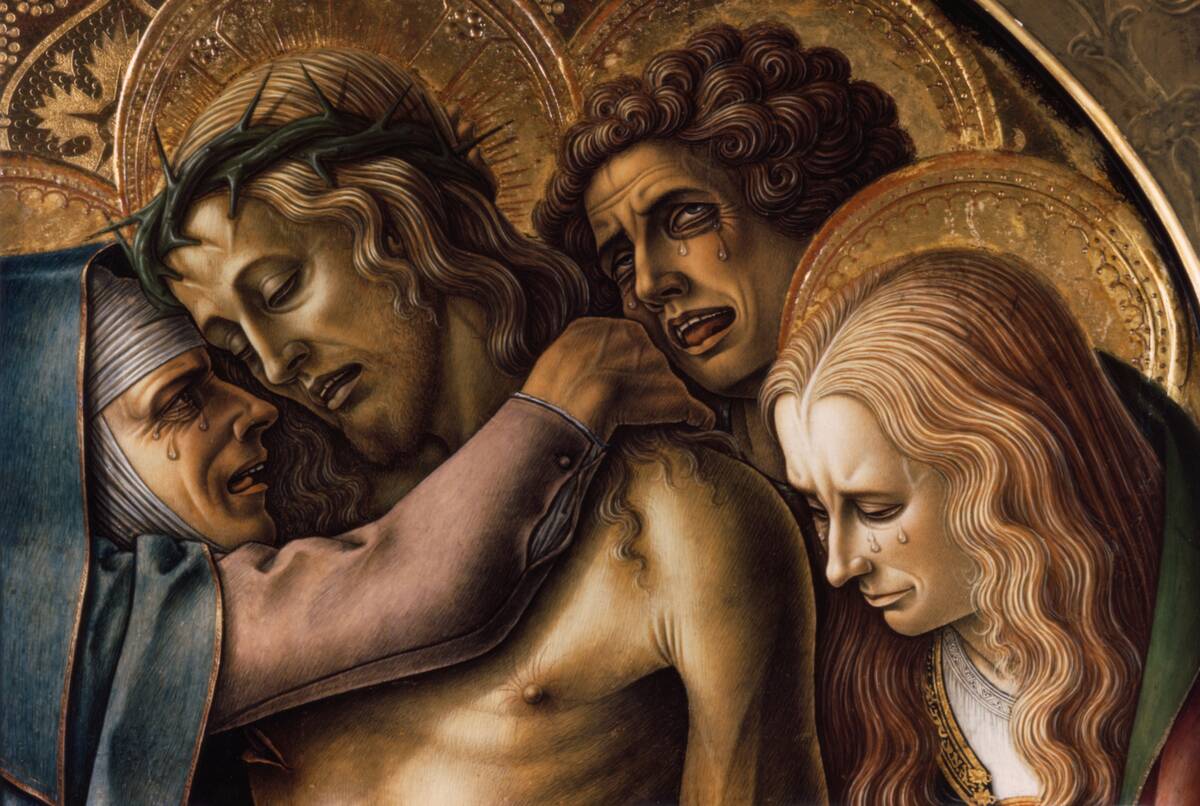
Biblical scholars will quickly notice that multiple women Jesus met in His travels were named Mary.
Even before the real source of confusion is introduced, this simple fact can already make it tricky to tell some of them apart.
The Madonna
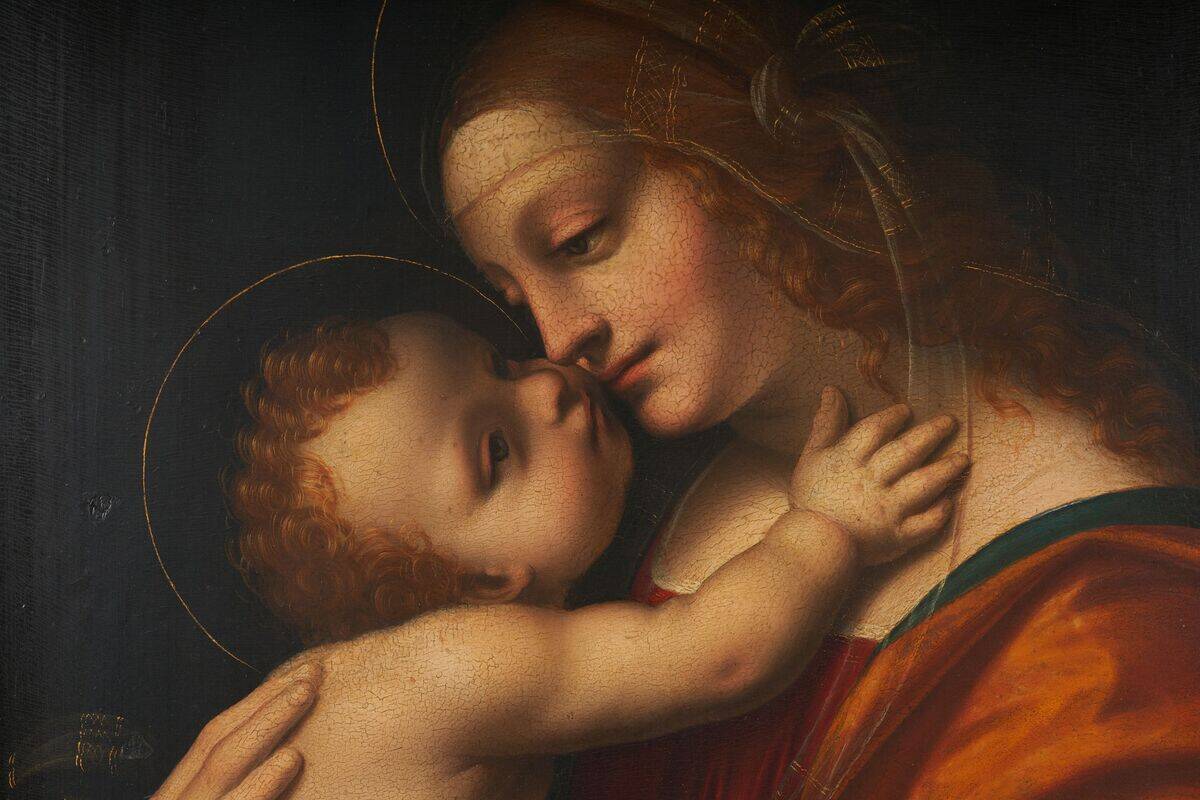
Interpretations of her significance vary somewhat between Christian denominations, but the most prominent woman with that name is Jesus’s mother, the Virgin Mary.
Given her exalted status and her obvious relationship with Jesus, it’s typically easiest to tell when the gospels are referring to her.
Sister Mary
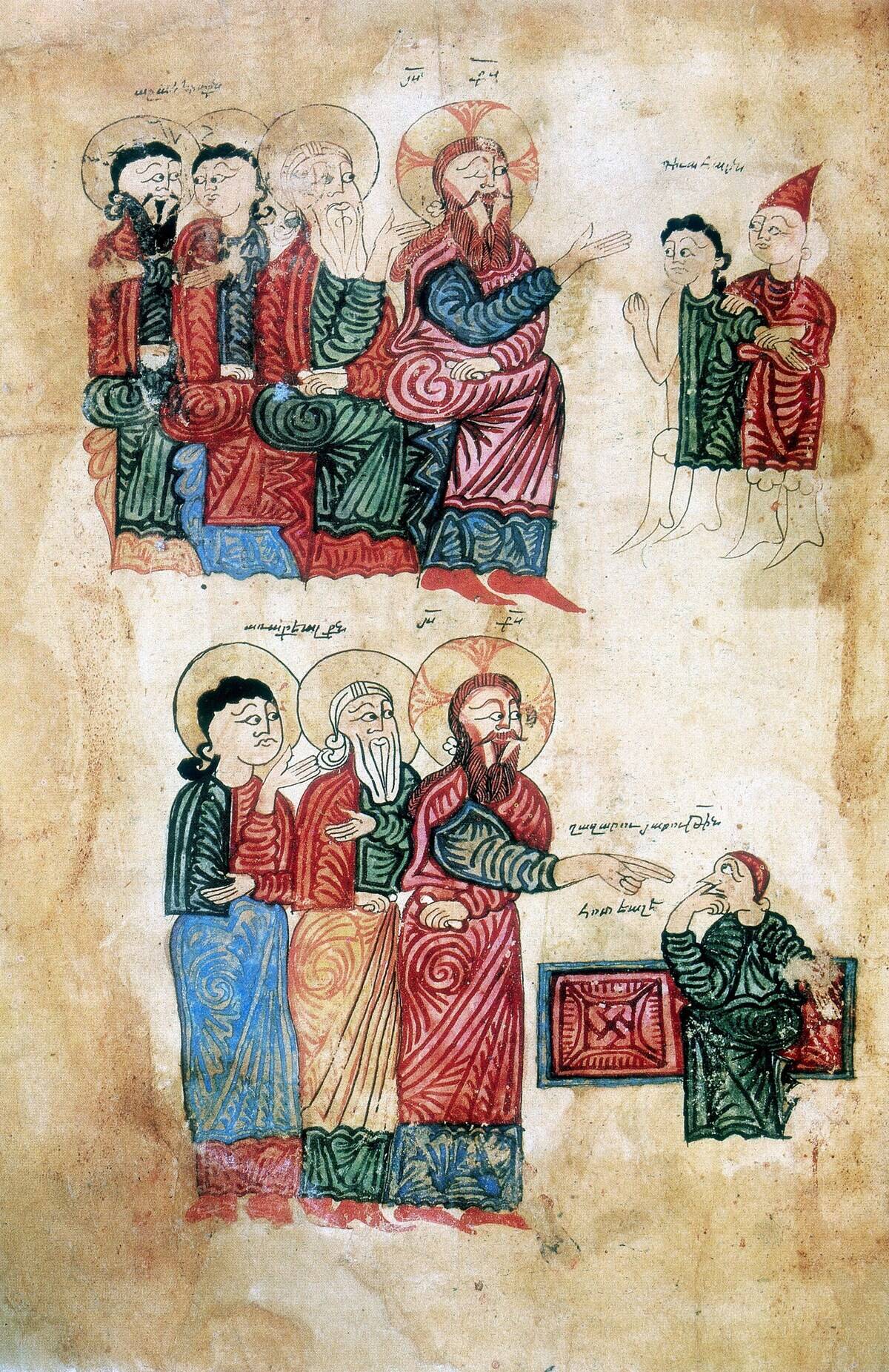
Another prominent Mary throughout the gospels is Mary of Bethany, who is largely mentioned in association with her sister Martha and her brother Lazarus.
Since she witnessed Jesus raising Lazarus from the dead, it stands to reason that the Evangelists would consider her worth mentioning.
Mary Magdalene
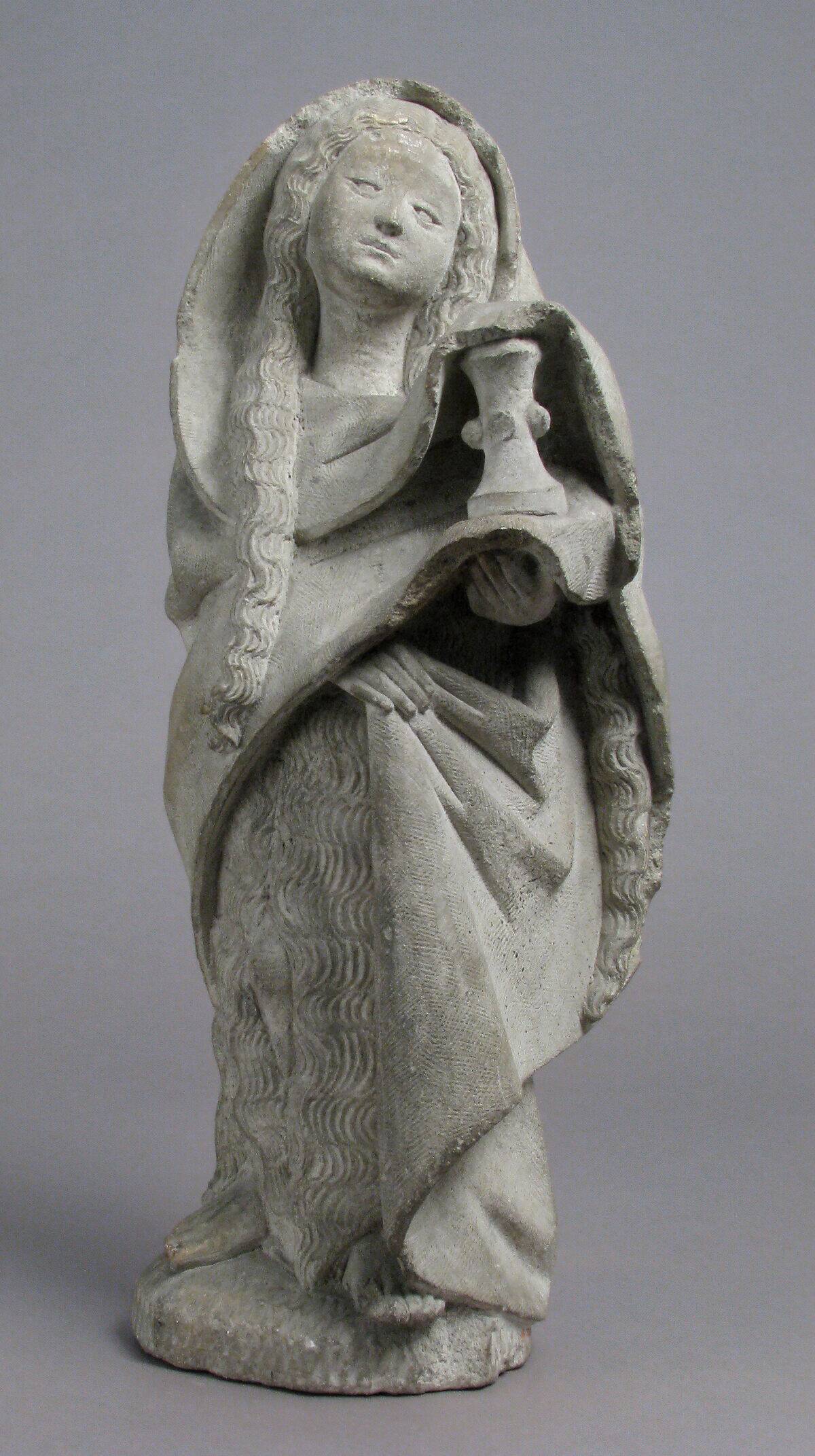
As noted by the Smithsonian Magazine, Mary of Magdala appears in the Gospel of Luke as a woman of wealth and prominence whom Jesus had cured of seven unspecified demons.
In each of the gospels, she would be recognized as one of the only people who stood by Jesus during his crucifixion and the first person He appeared to after His resurrection.
The main complication
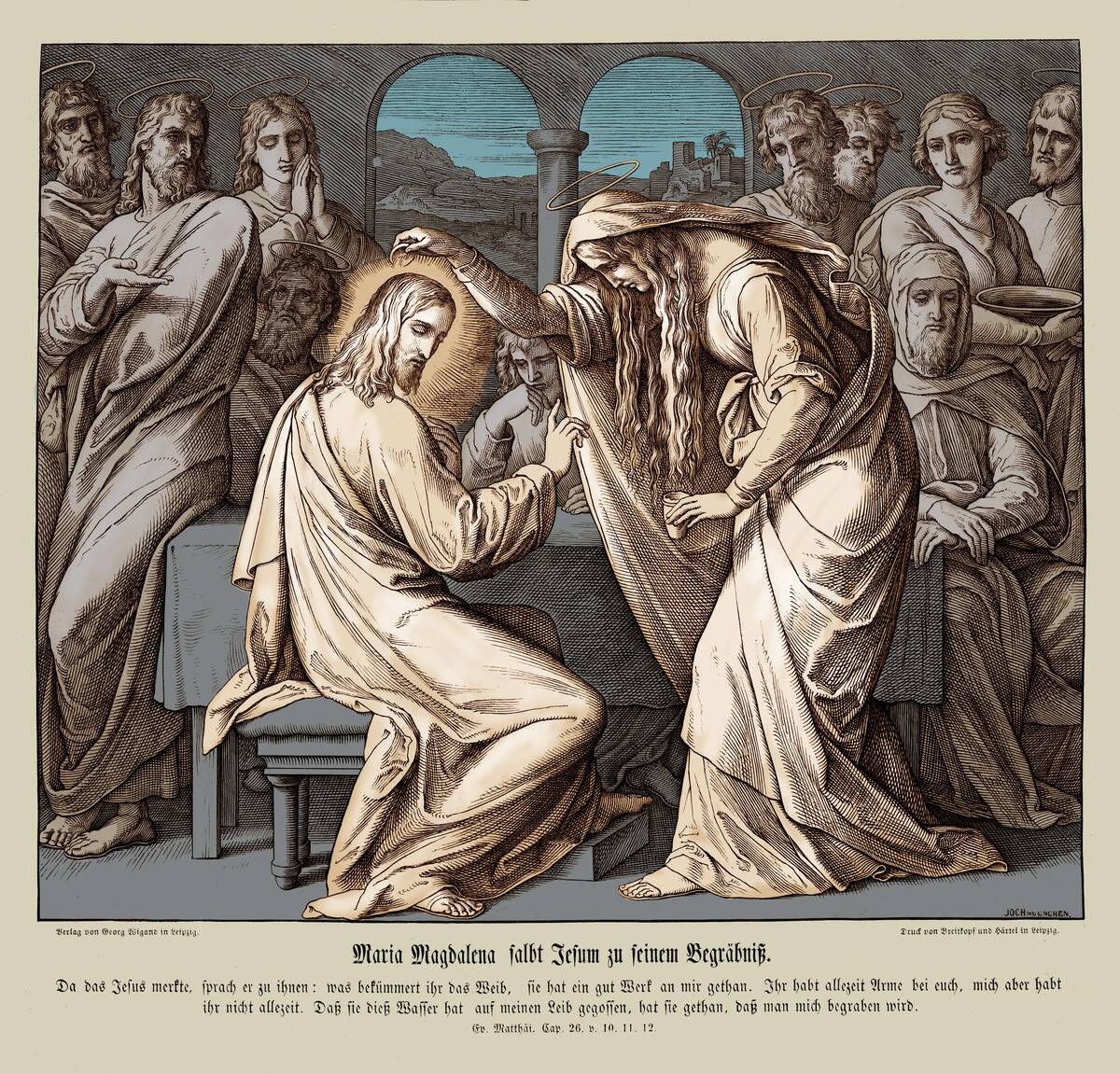
Shortly before Mary Magdalene is introduced in Luke’s Gospel, an unnamed woman comes to Jesus with a jar of ointment and anoints his feet. Before long, she cries and wipes her tears away from his feet with her hair.
This prompts the Pharisee that hosted Jesus to judge her and refer to her as a woman of ill-repute, presumably meaning a sex worker. But of course, Jesus refuses to condemn her and voices His appreciation for her gesture.
A different lesson taught
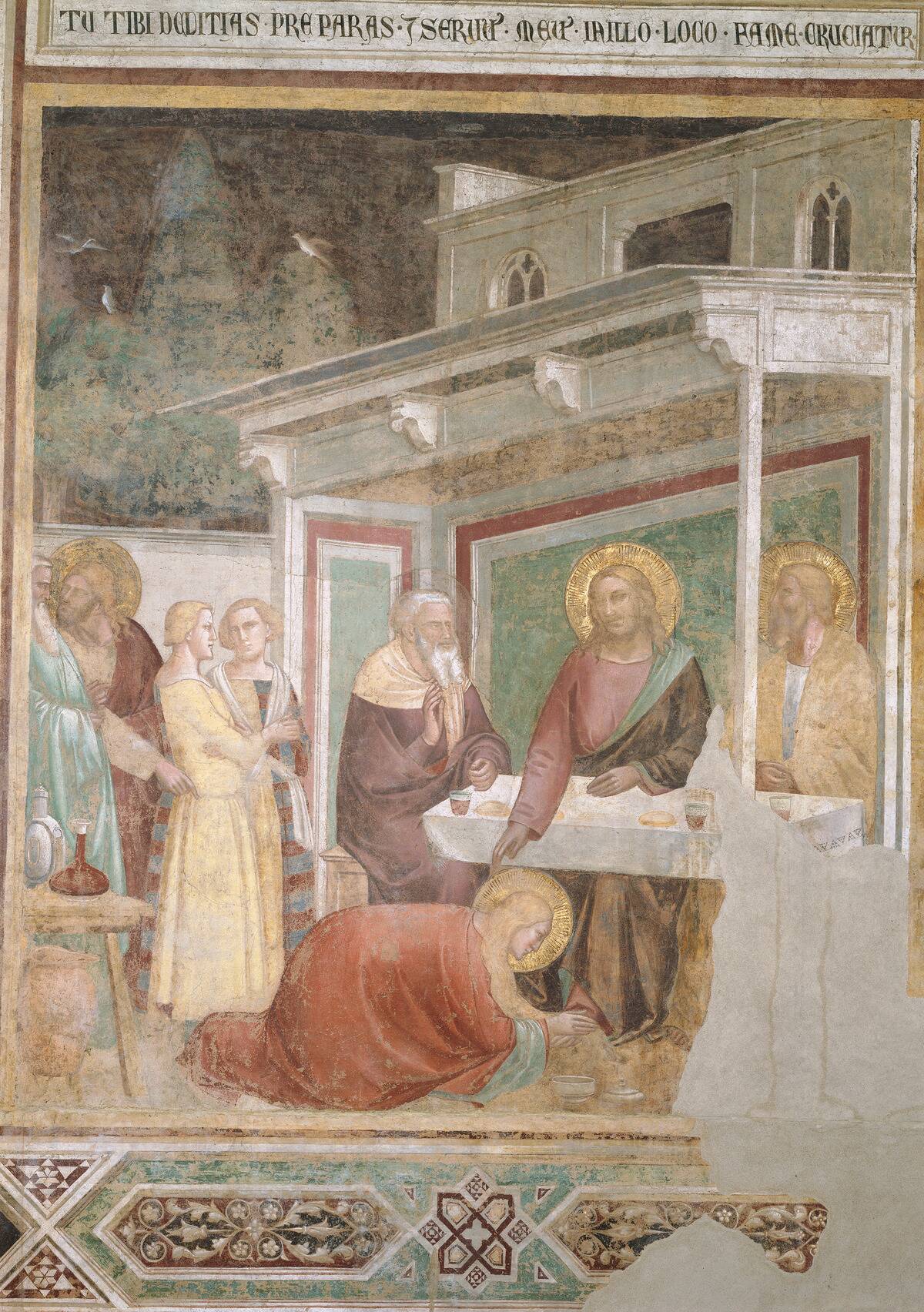
This woman also appears in Matthew and Mark’s Gospels, but she’s admonished for a different reason in those accounts.
Rather than a Pharisee judging her for her reputation, these stories see Jesus’s disciples criticize her for wasting money on expensive ointment rather than helping the poor. Again, Jesus pushes back against them, this time because of their lack of understanding that she is anointing His body for his eventual burial.
Even the Evangelists disagreed
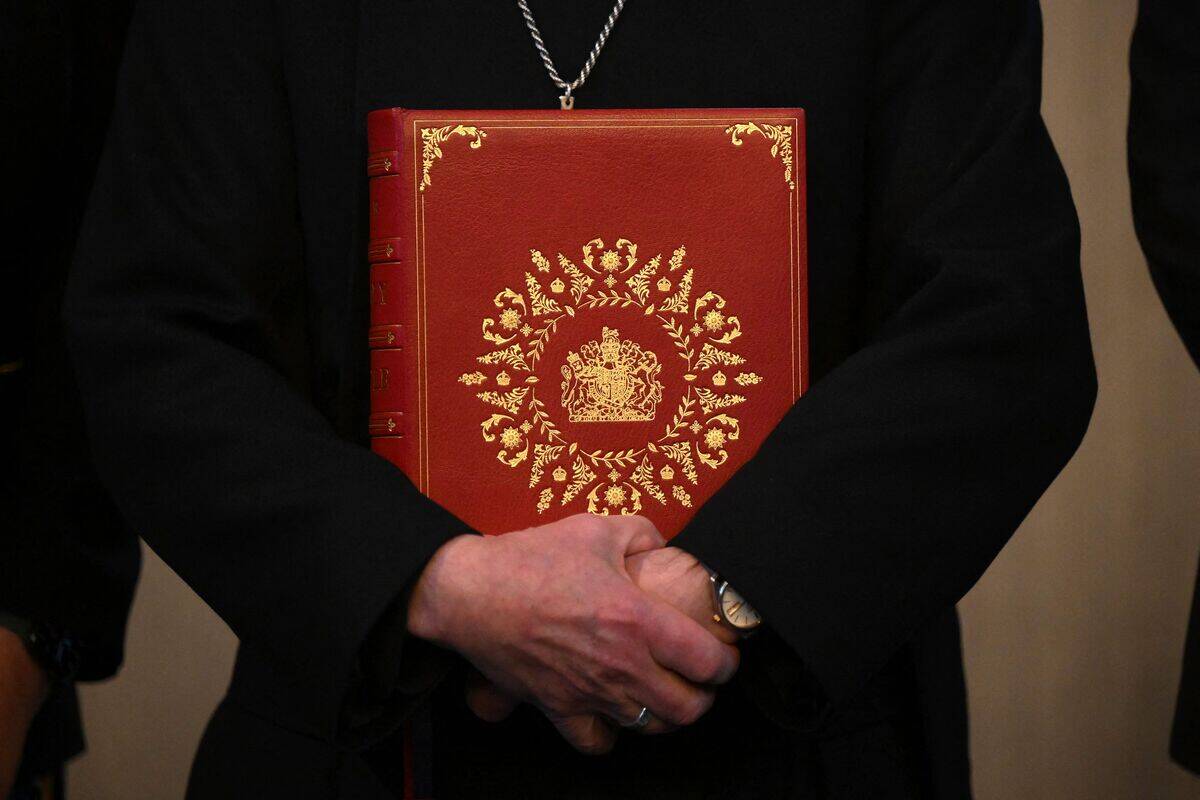
Since the gospels were written years apart and only chronicled after decades of oral tradition, one can reasonably expect some disagreement about certain details between them.
And the anecdote about the woman who anointed Jesus’s feet serves as a prime example of how this confusion can muddy interpretations of the Bible.
Who anointed Jesus where?
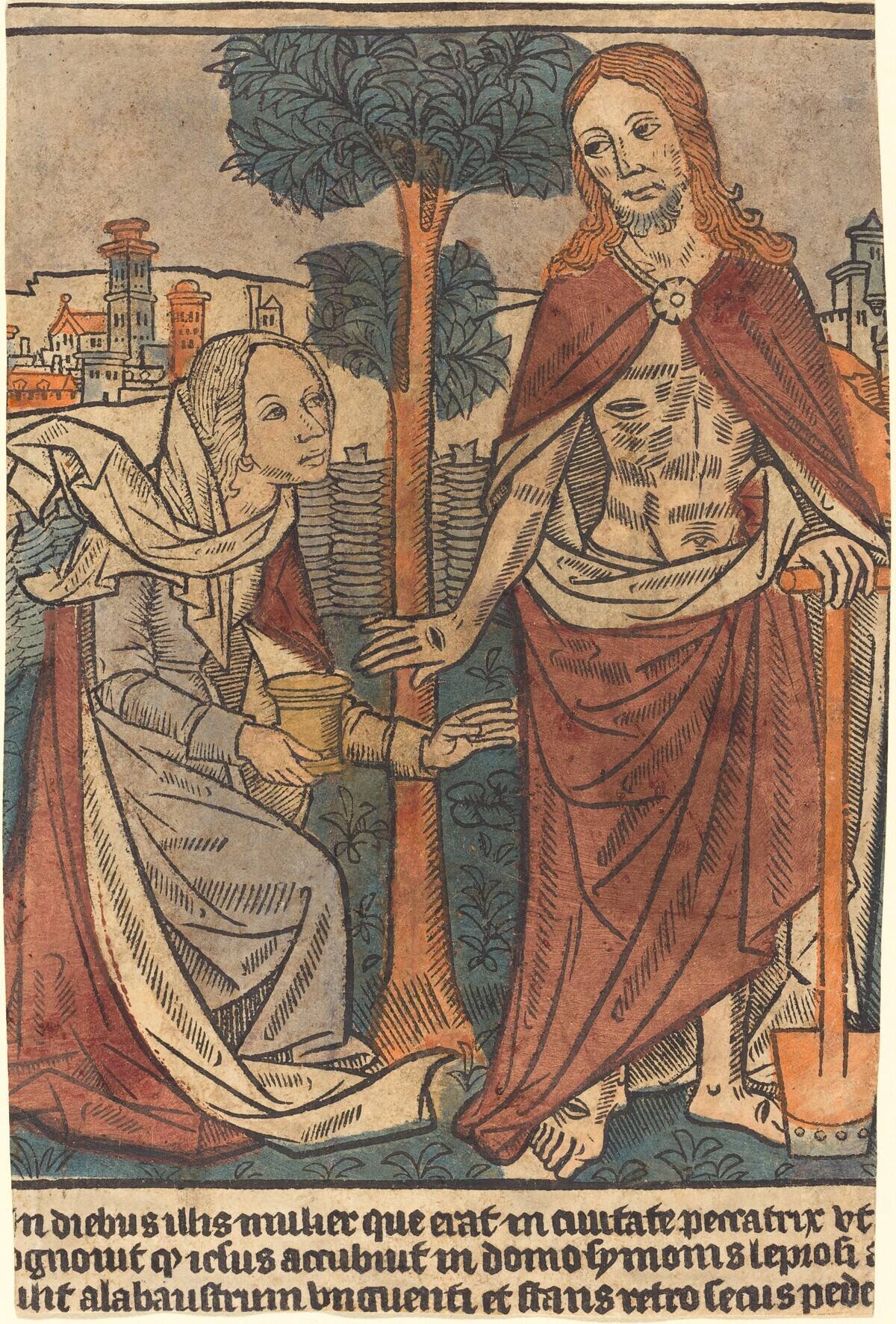
Not only did the Evangelists not agree on who anointed Jesus’s feet, but they didn’t even agree on where it happened.
Luke depicted an anonymous woman anointing Him on the way to Magdala, while Matthew set this anecdote in Bethany. John agreed with this setting but apparently decided that Mary of Bethany did this rather than the anonymous woman in other gospels.
Confusion was inevitable
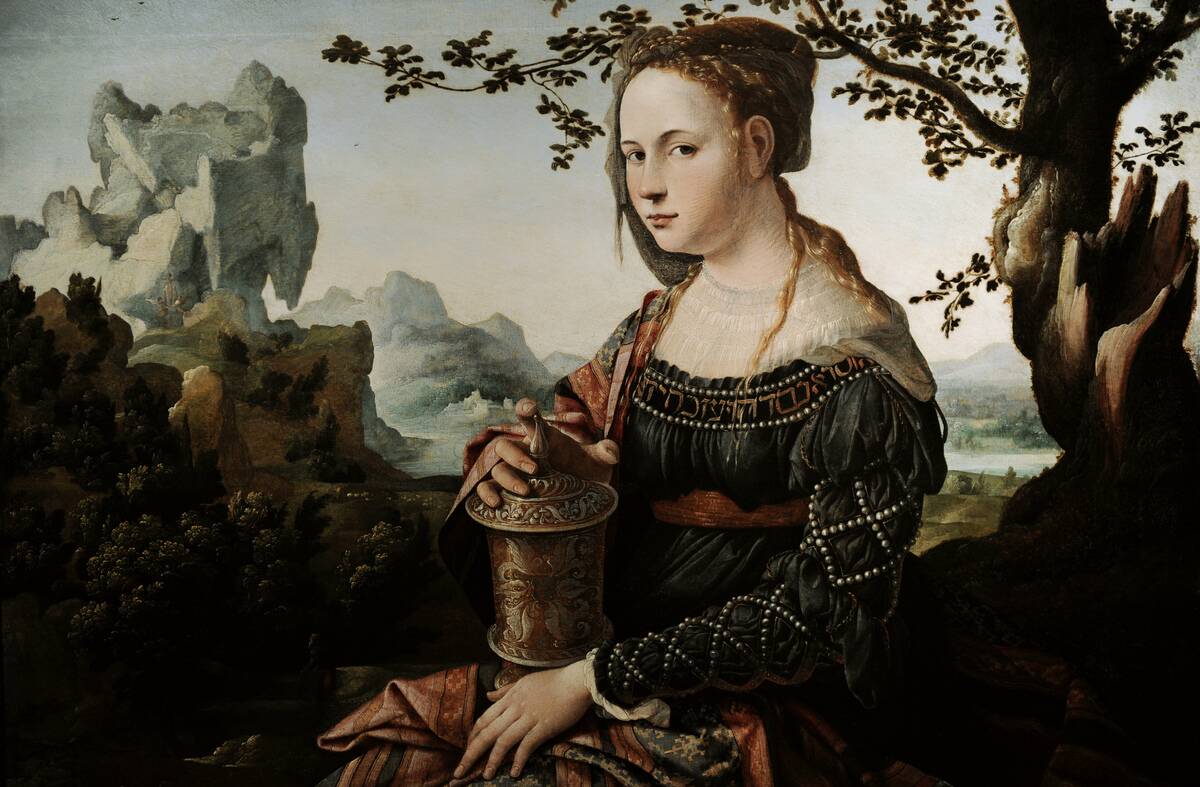
Given these contradictions, it’s natural that a casual retelling of this story would conflate this anonymous woman with either Mary of Bethany or Mary Magdalene. After all, John did precisely that in his Gospel.
But since the woman is mentioned in such close proximity to Mary Magdalene’s first appearance in the Gospel of Luke, it became even more common to assume they were the same person.
A persistent association
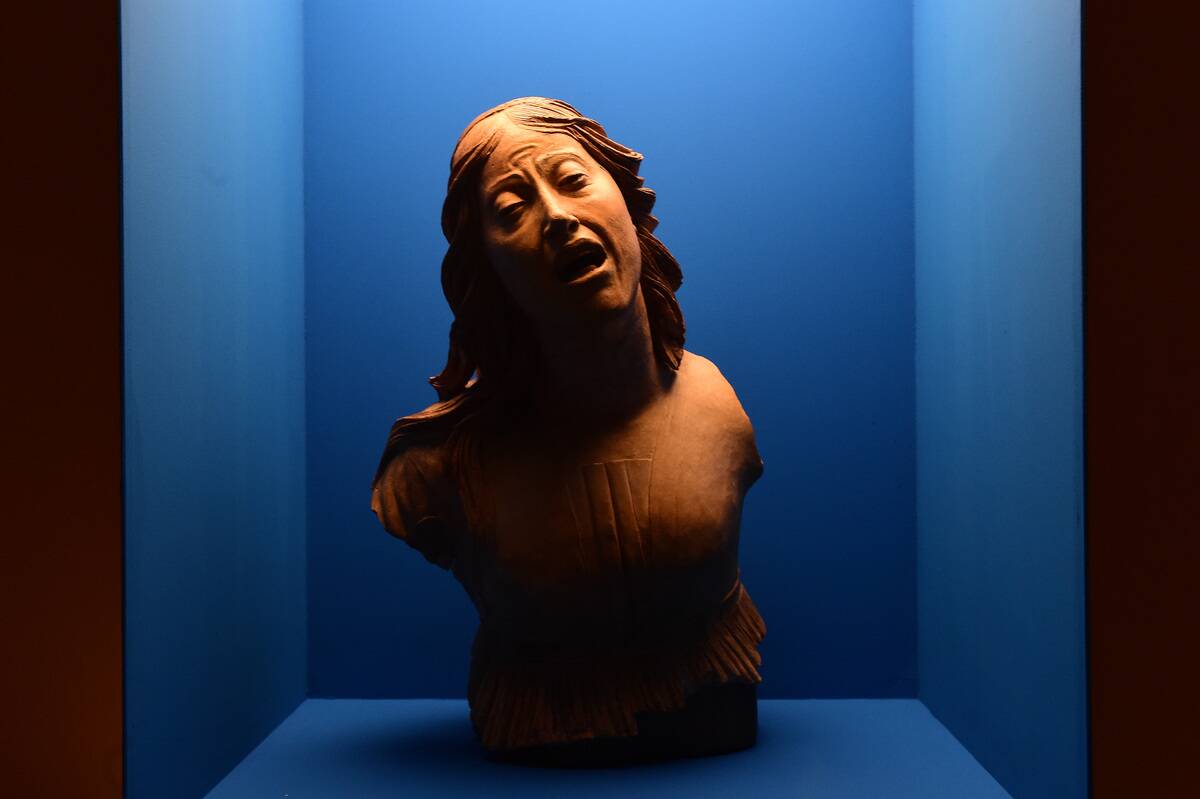
It is with this confusion that the perception of Mary Magdalene as a repentant sex worker was born.
So rather than a courageous woman whose virtue is never called into question in the Bible, she was characterized as so redeemed that the resurrected Jesus appeared to her before any of His male disciples.
Further implications

This groundwork having been laid, the stage was set for many to interpret romantic undertones in Mary Magdalene’s devotion to Jesus.
That interpretation is made explicit with her depiction in Jesus Christ Superstar and taken further in The Da Vinci Code, where Jesus is portrayed as reciprocating those feelings.
The reason for this persistence
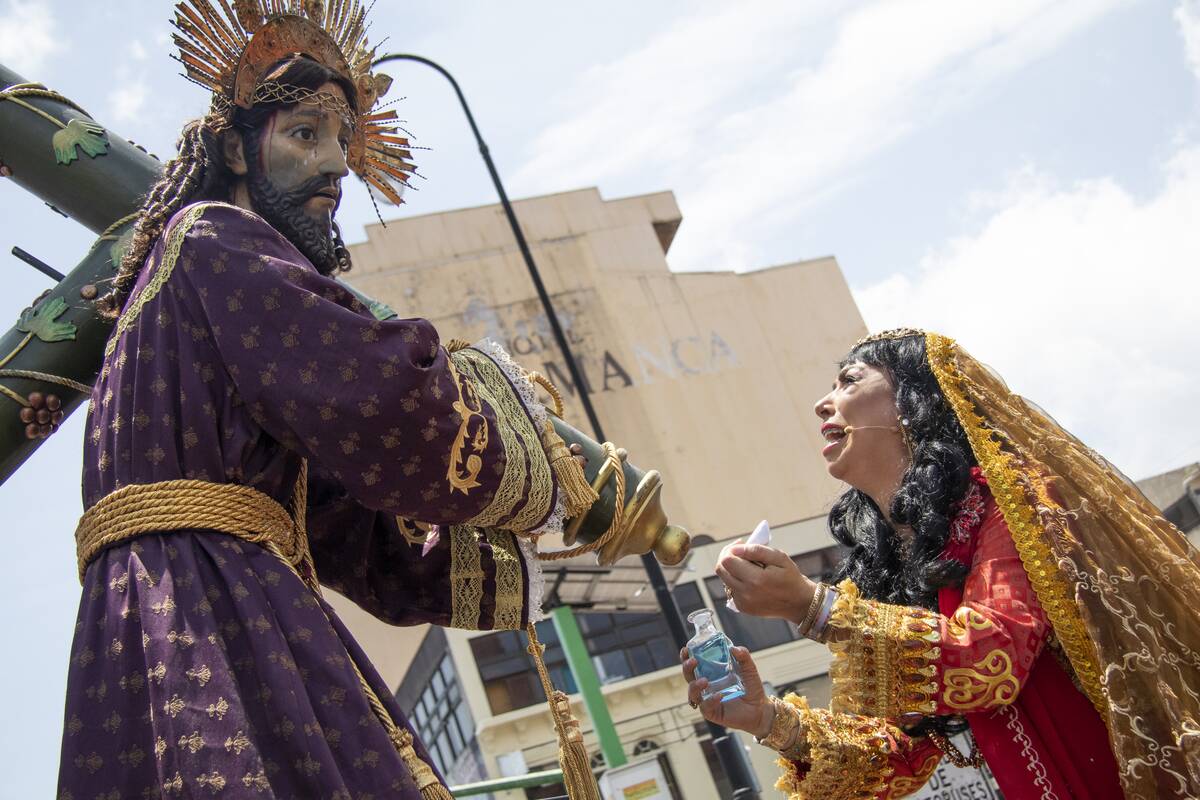
Although it’s hardly impossible for a myth based on a misreading of a text to survive multiple attempts to debunk it, there’s a more complicated reason why the impression of Mary Magdalene as a sex worker has proved so persistent.
To put it simply, the Roman Catholic Church showed no intention of correcting this narrative for almost 1,400 years. In fact, the organization did the complete opposite.
Enter Pope Gregory I
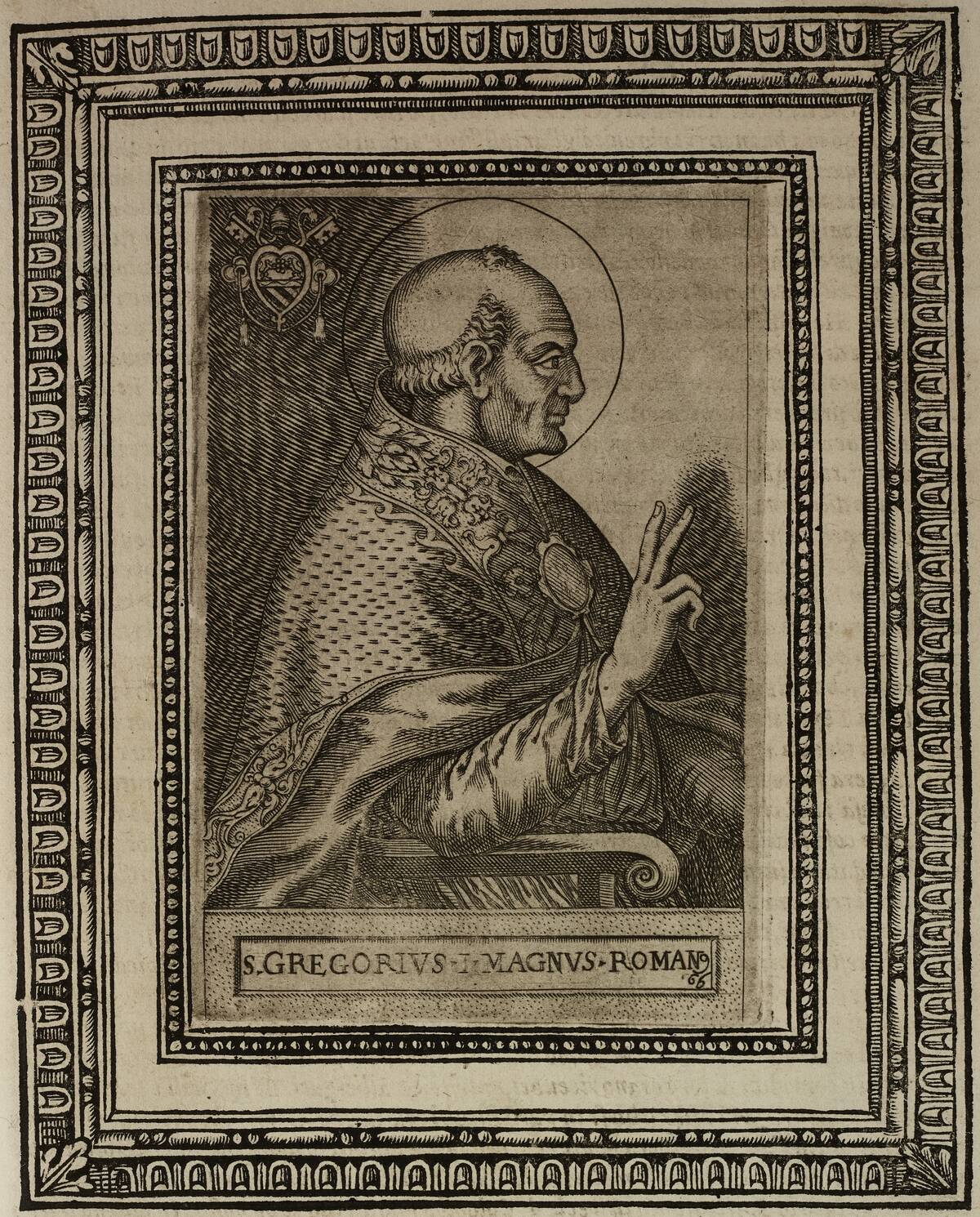
According to the Smithsonian Magazine, Pope Gregory I is known as Gregory the Great and remains one of the most influential popes in the history of the Catholic Church.
In part, that recognition comes from a series of sermons he gave in the year 591 about Mary Magdalene.
Validating a misinterpretation
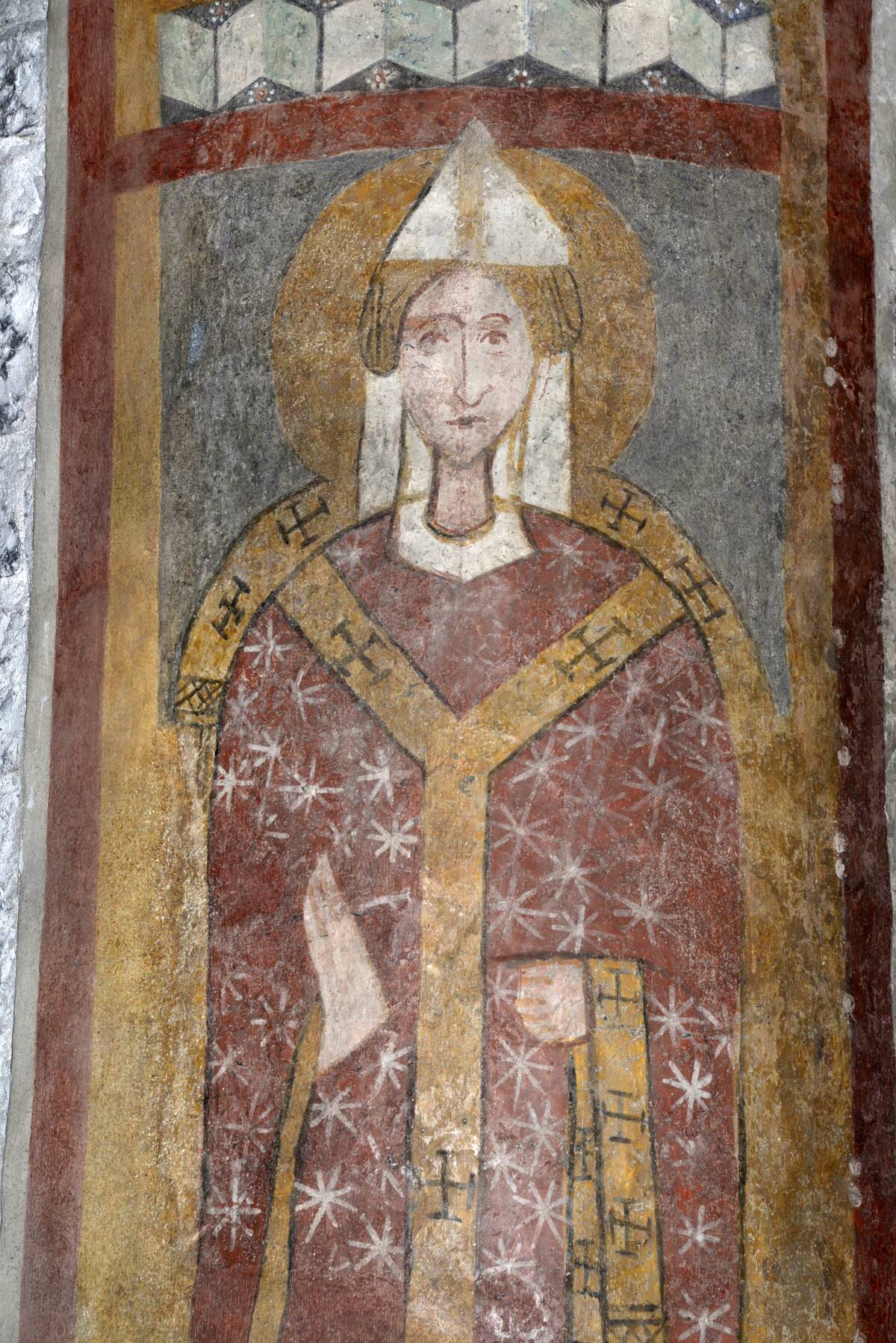
In these sermons, Pope Gregory explicitly conflated the “sinful woman” with the woman John called Mary, which would suggest he was characterizing Mary of Bethany as a sex worker.
However, he went on to say that this was the same woman Jesus cured of seven demons. So in his sermons, Mary Magdalene became all three of these women.
Metaphorical demons
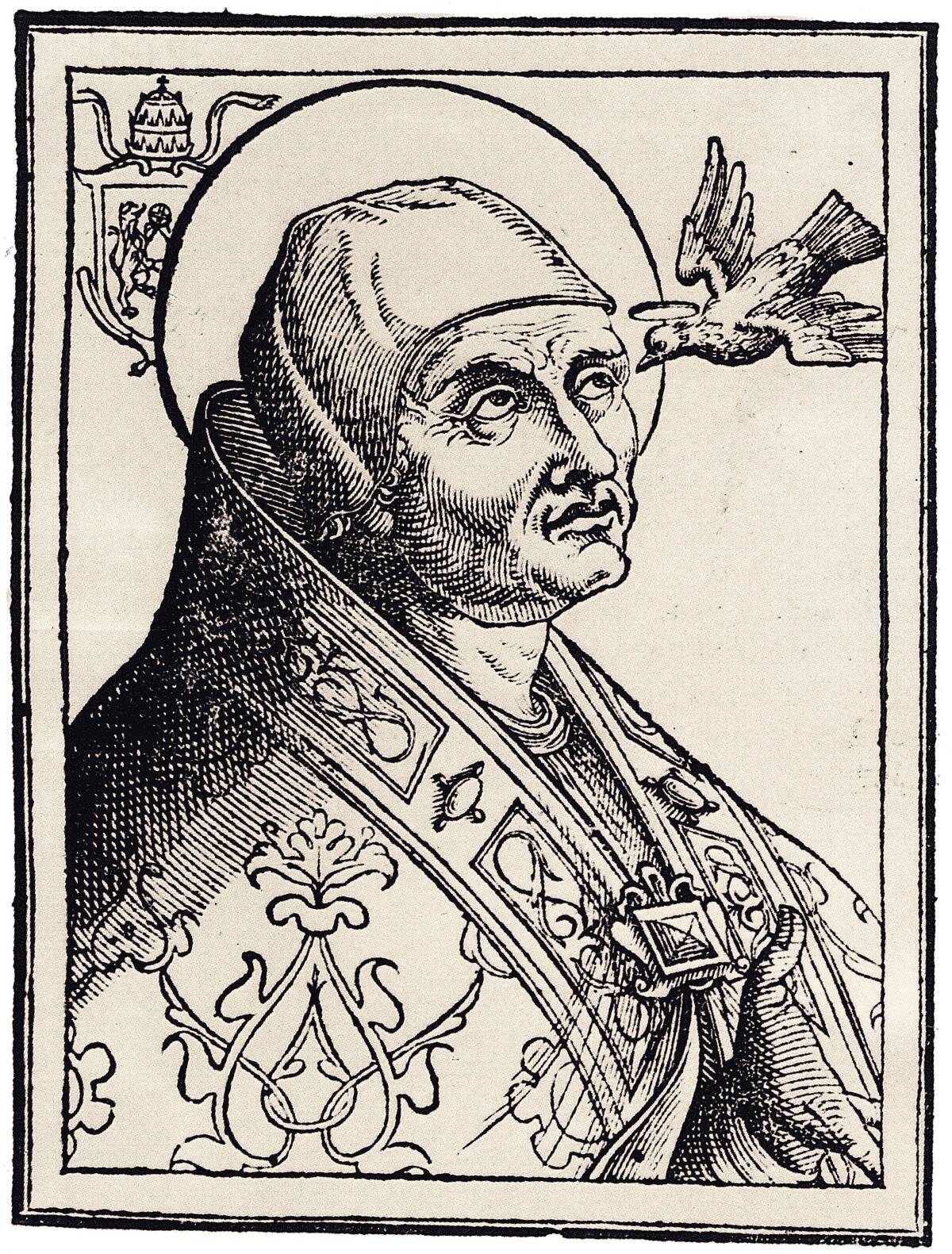
Devils were characterized as literal in most instances that saw Jesus cure people of demons. In such cases, Jesus would be believed to have conducted exorcisms.
But Pope Gregory made an exception in Mary Magdalene’s case, describing her seven demons as “all the vices.”
Tarred by sins she never committed
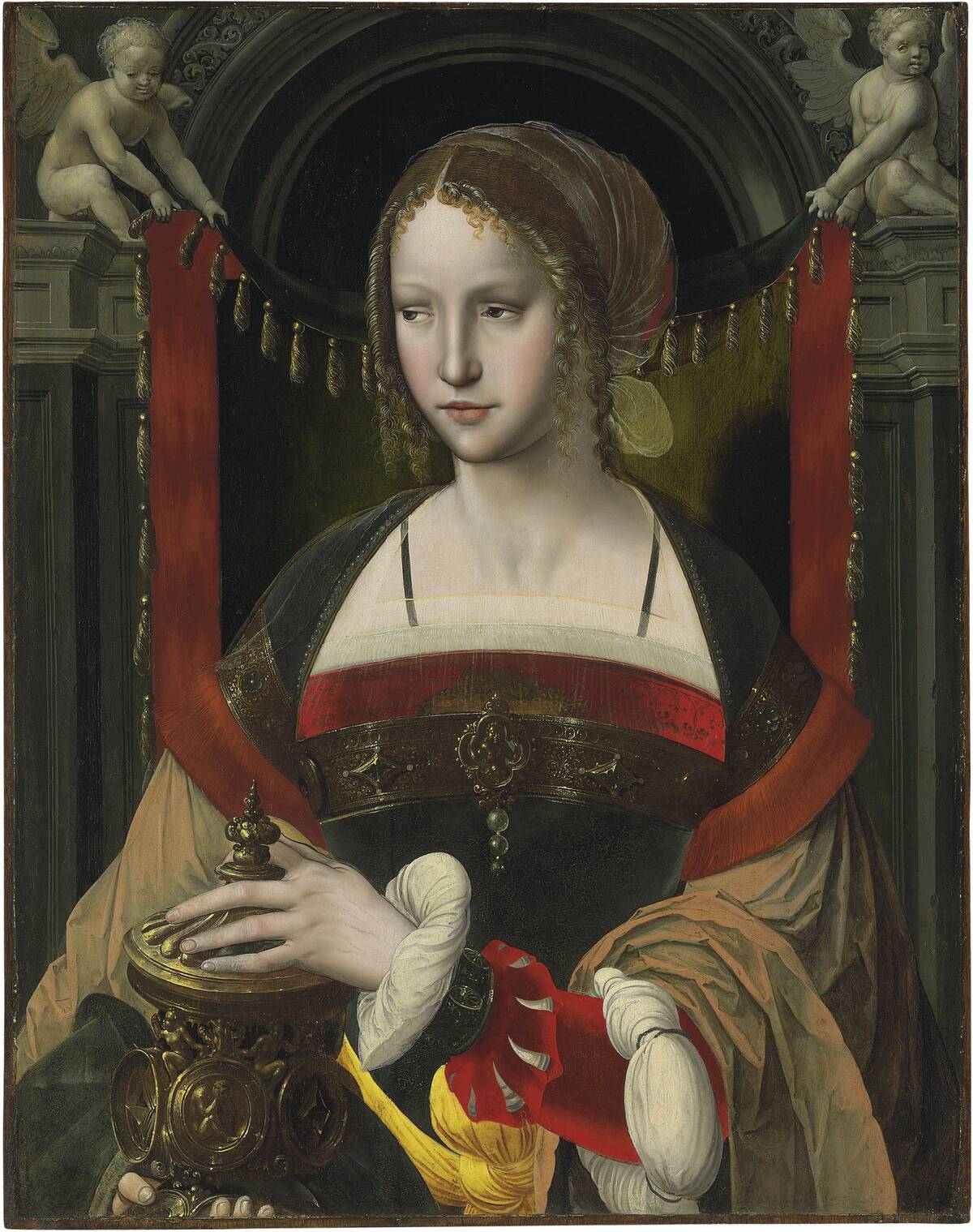
During his interpretation of the anointing of Jesus’s feet, Pope Gregory said, “It is clear, brothers, that the woman previously used the unguent to perfume her flesh in forbidden acts.”
As he continued, “What she, therefore, displayed more scandalously, she was now offering to God in a more praiseworthy manner.”
There was no stopping this labeling
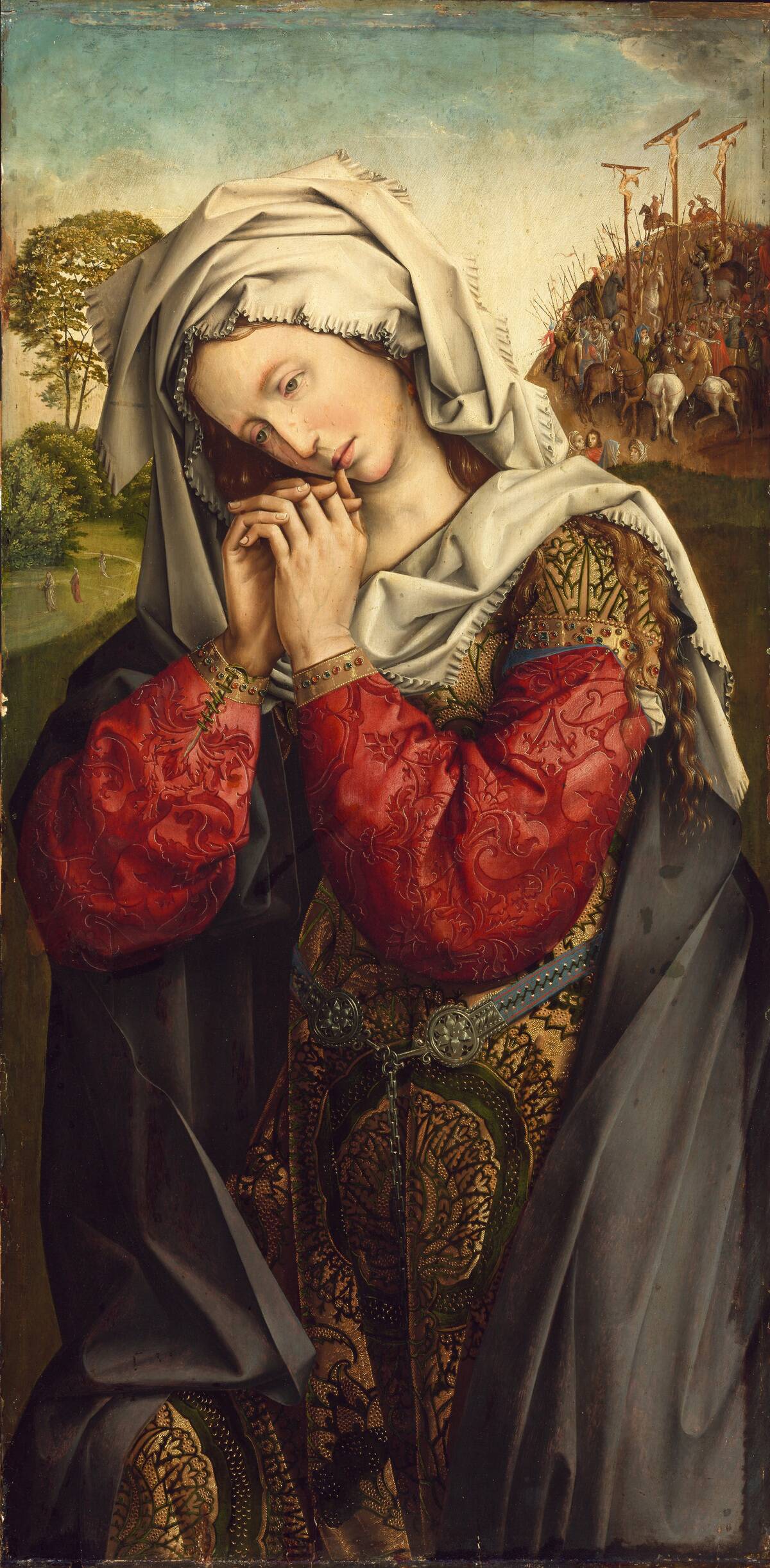
Given the influence Pope Gregory would have for centuries after these sermons, the image of Mary Magdalene as a repentant sex worker became the official and persistent Church position regardless of its accuracy.
It was especially easy to uphold in times when most people were illiterate and couldn’t confirm or debunk this framing through the actual Bible.
Not just a simple mistake
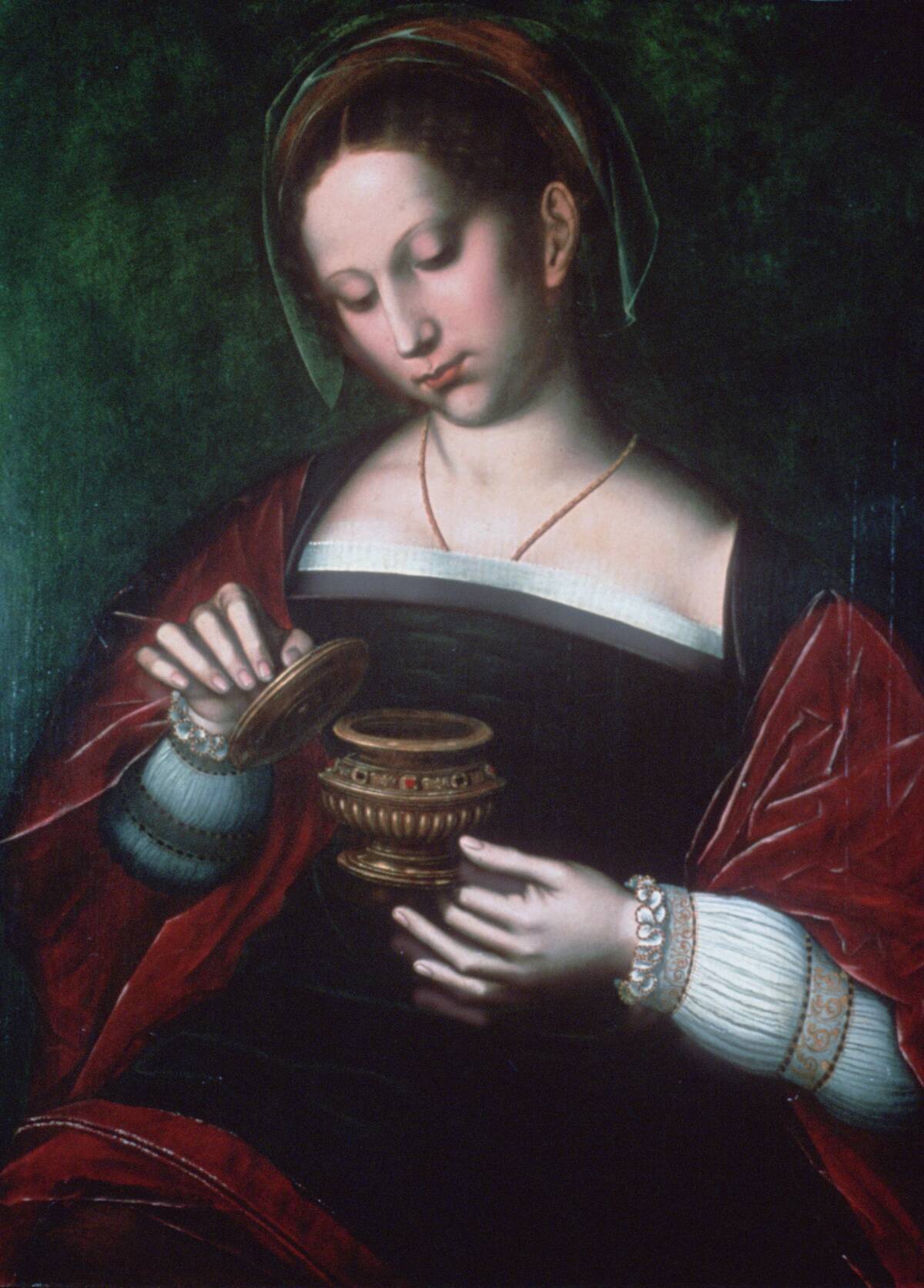
Pope Gregory’s conflation of three different women into Mary Magdalene was unlikely to have been an honest mistake.
Even if allowances were made for confusion regarding the anonymous woman, it’s hard to imagine a lifelong scholar of the Bible confusing Mary Magdalene with Mary of Bethany. After all, the Evangelists were careful to distinguish the two.
An act of sabotage
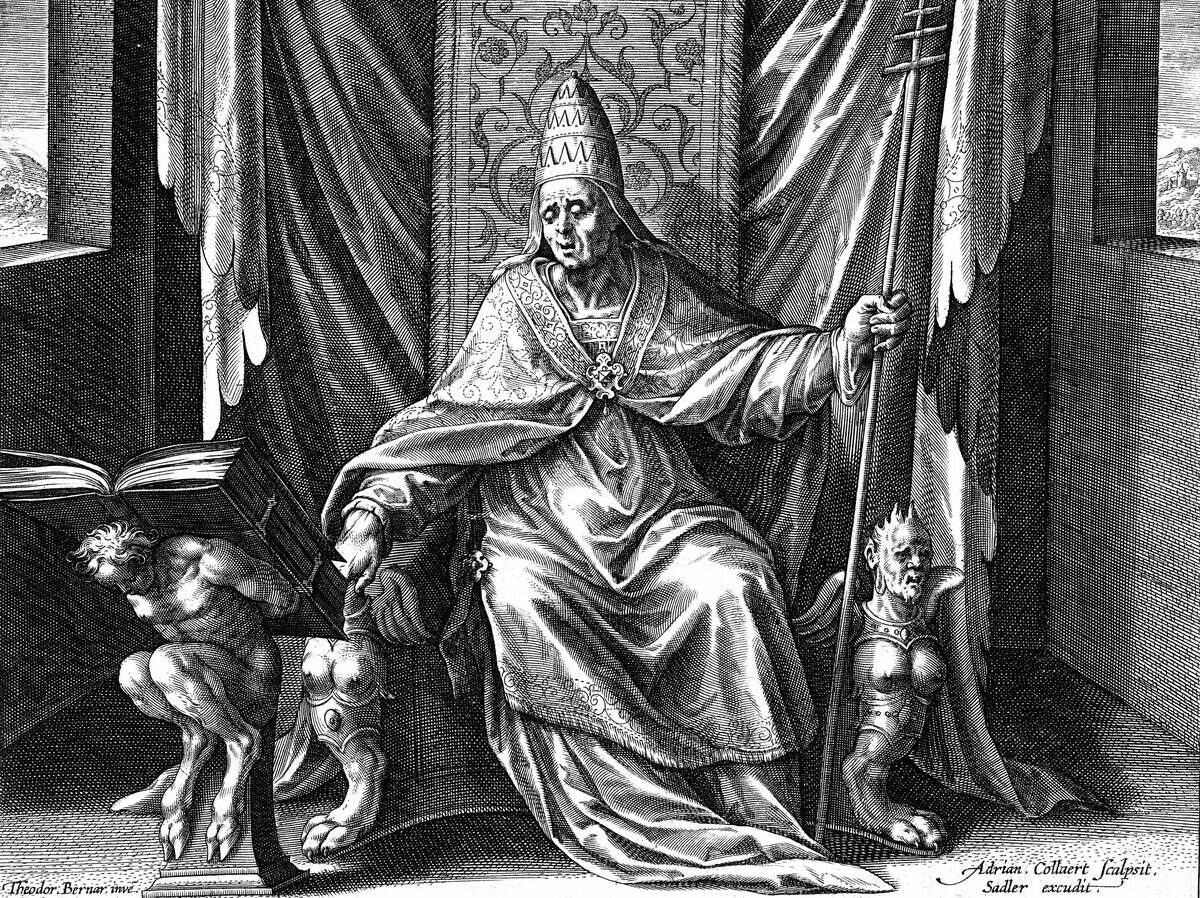
Therefore, experts like author Susan Haskins and Professor Joan Taylor of London’s King’s College consider this characterization a deliberate act of mythmaking on Pope Gregory’s part.
And given his influence and how long ago he made his sermons, it was entirely possible for multiple generations of Church leaders after him not to realize that mythmaking had happened.
But why make the myth at all?
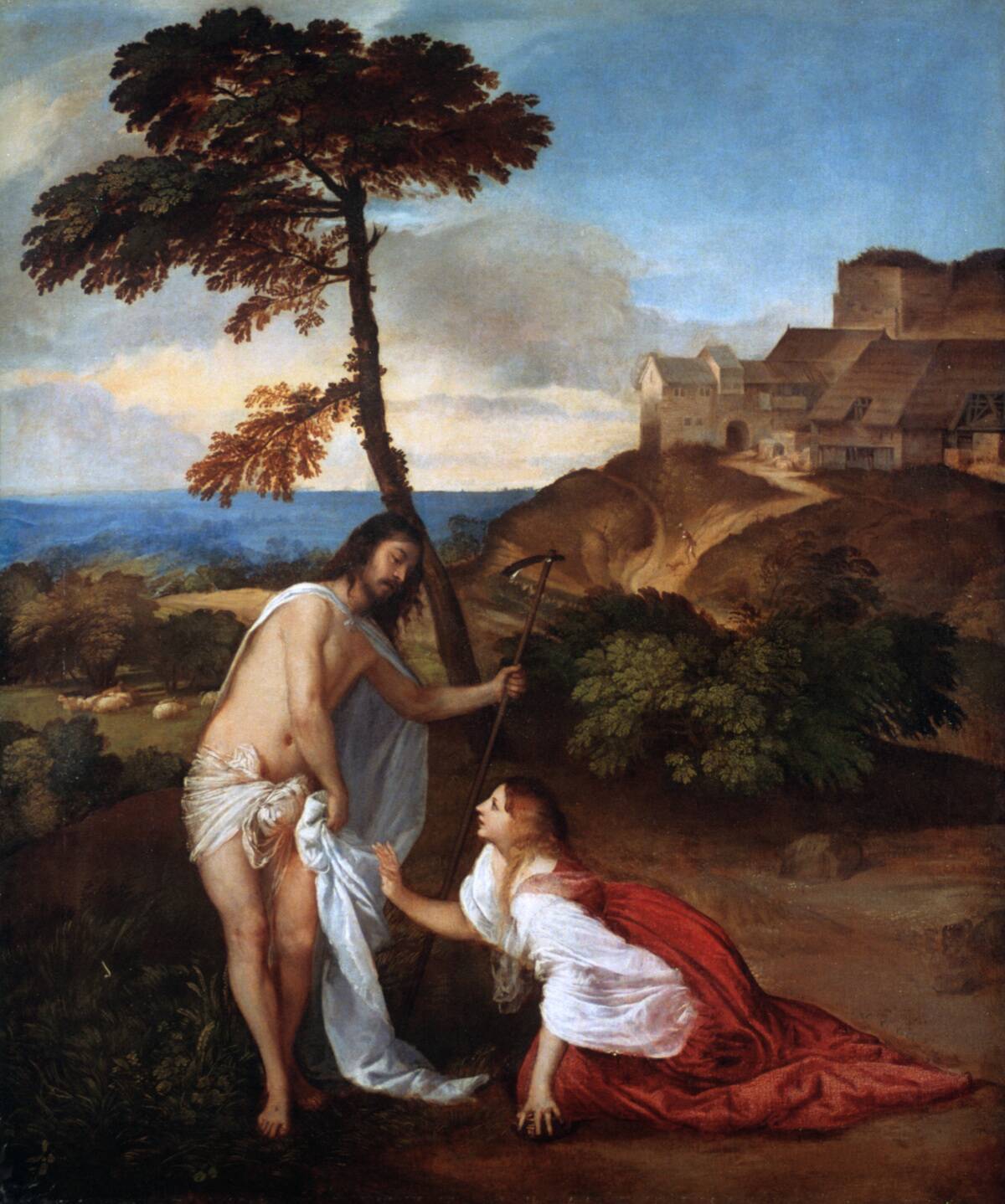
Without this labeling, Mary Magdalene exists in the Bible as an unequivocally virtuous and brave person.
As such, she emerges as not only equal to Jesus’s 12 apostles in their devotion to Him but as even more steadfast because she witnessed his crucifixion when most of them had abandoned Him.
Being fair to the others
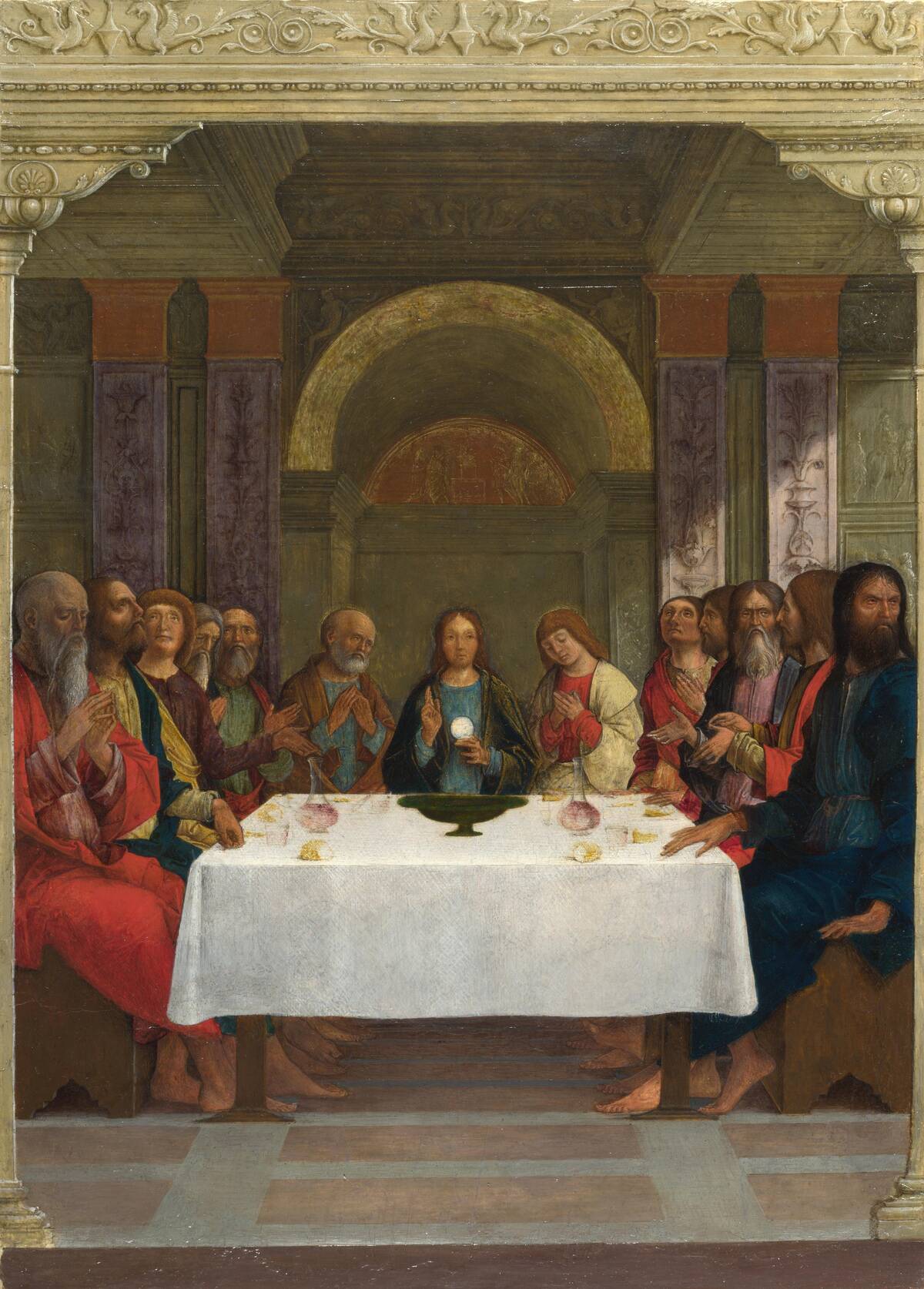
It’s worth noting that this characterization isn’t entirely fair to the 11 apostles who didn’t attend the crucifixion.
According to the Smithsonian Magazine, the men among Jesus’s supporters would have been far more likely to be arrested at the time than His female allies. Granted, that didn’t deter the apostle John from attending.
Her virtue was powerful
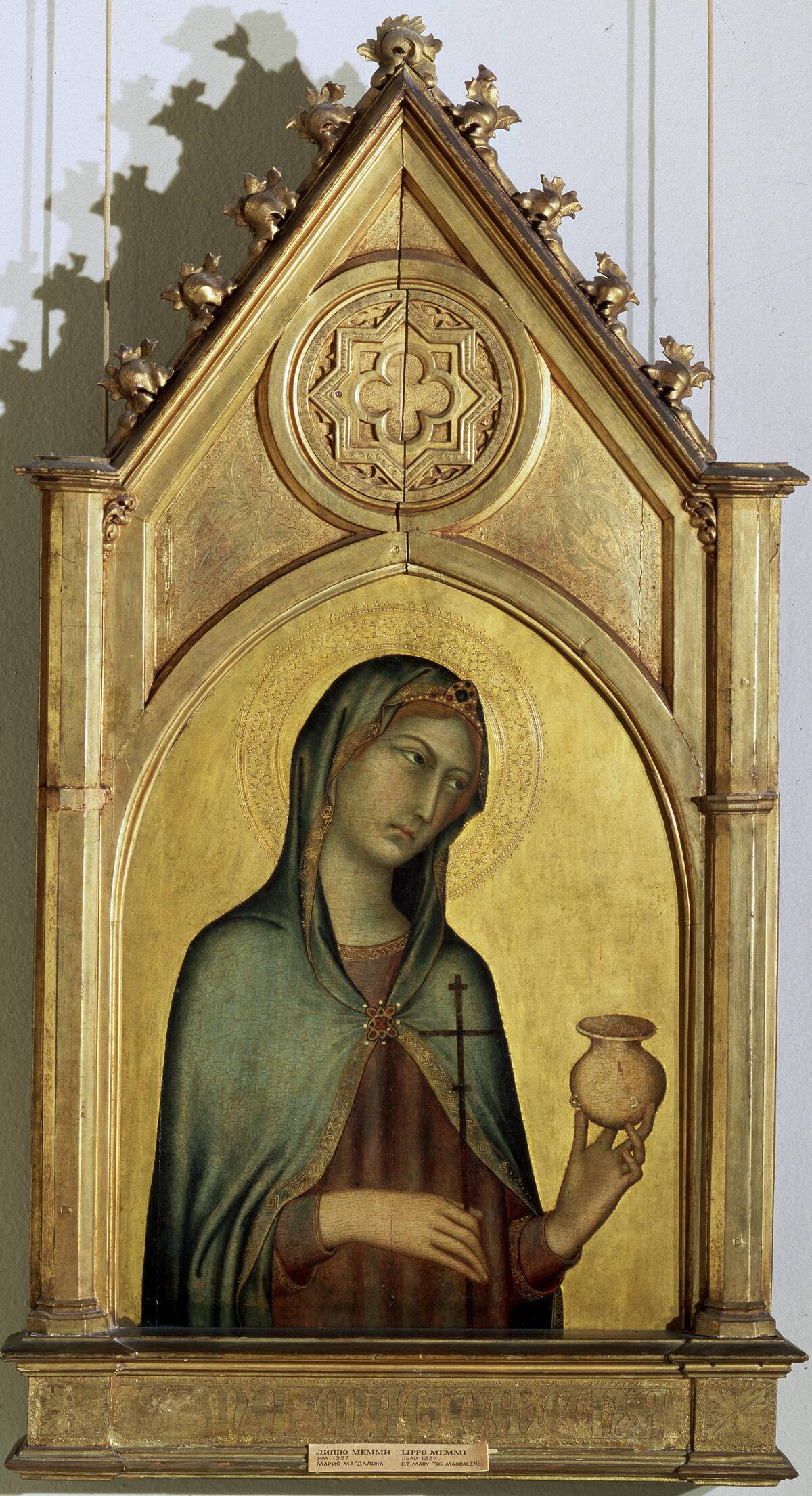
Nonetheless, Jesus rewarded Mary’s faith and courage by revealing the good news of his resurrection to her before any of his apostles or — at least as far as the Bible‘s actual text is concerned — even his own mother.
And from the sounds of things, this honor did not go unnoticed in early studies of the Bible.
Revered among women
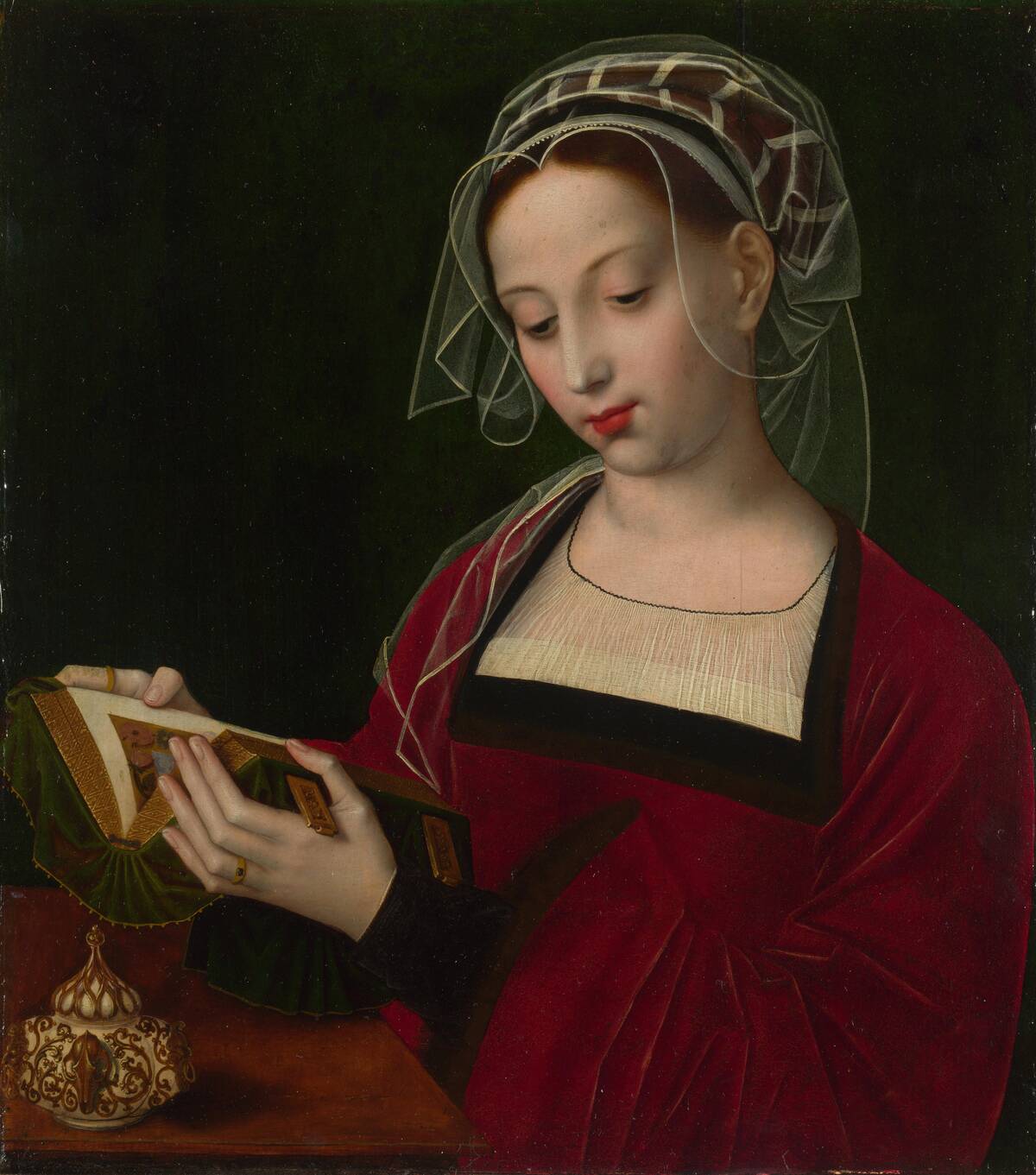
As Taylor told Time, Mary Magdalene’s story has historically proved powerful within the Church, particularly among women seeking greater agency within its institutions.
In her words, “Within the Church, she does have tremendous power, and there are lots of women who look […] to Mary Magdalene as a foundation for women’s leadership
within the Church.”
A threat to the status quo
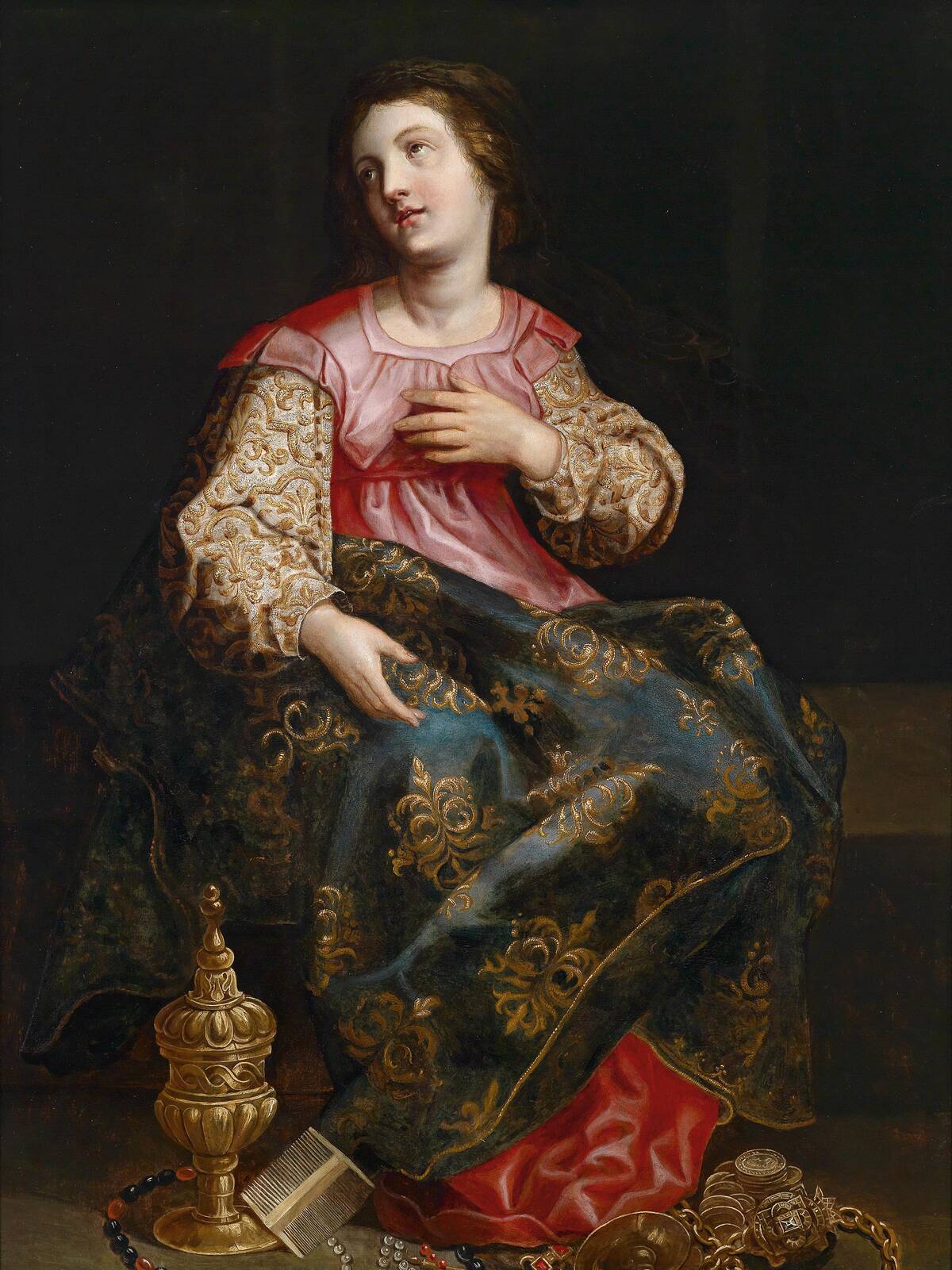
As Time reported, Mary Magdalene’s role in the Bible has historically inspired arguments in favor of ordaining female priests.
And according to the Smithsonian Magazine, the argument the Vatican uses even today to exclude women from becoming priests is based on the fact that Jesus’s 12 apostles were men.
Who was Pope Gregory talking to?
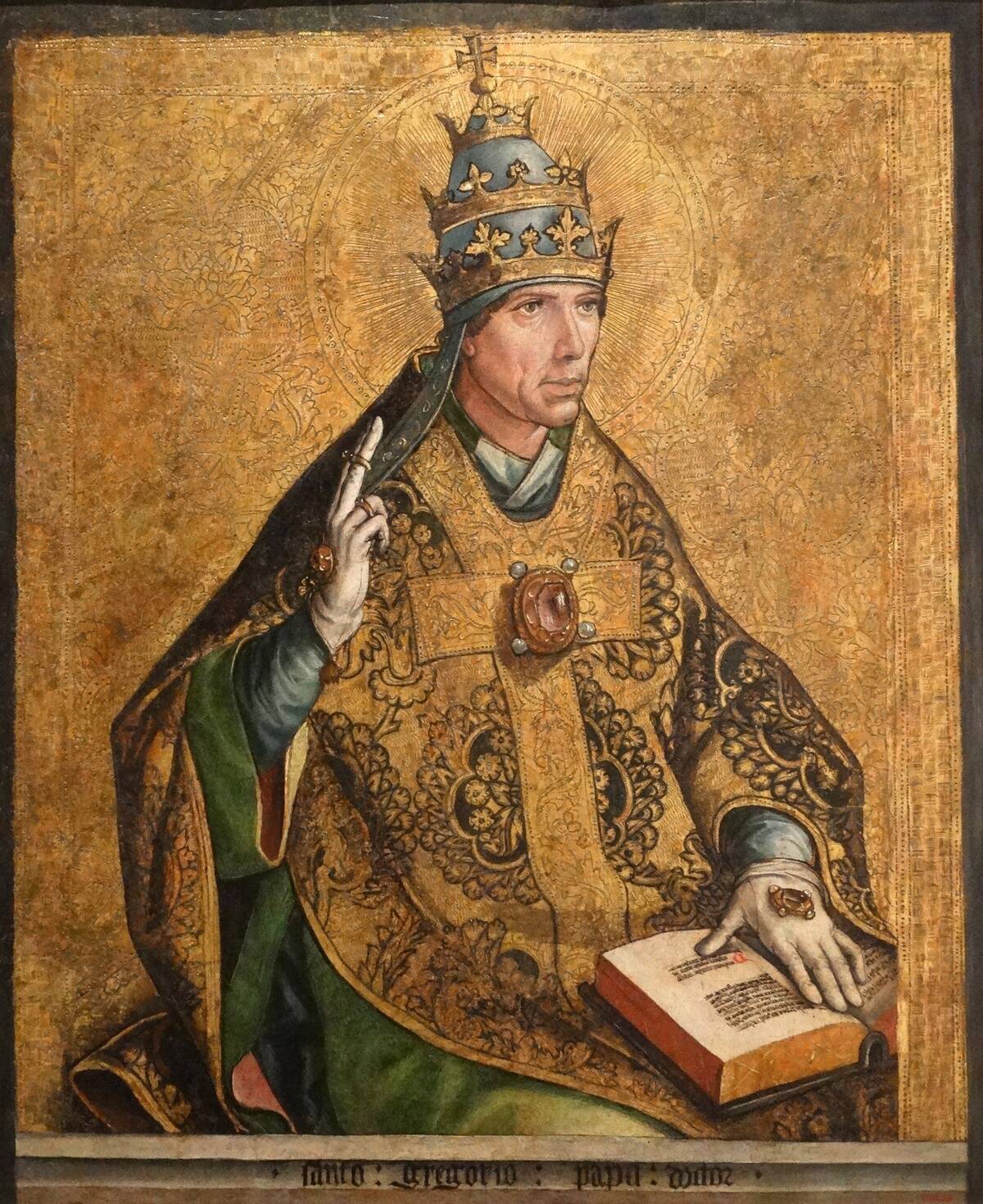
Since Mary Magdalene proved more courageous than all but one of these men, her example was seen as a threat to this reasoning.
So while Pope Gregory didn’t explicitly state this was why he attached another woman’s story to Mary Magdalene, the way he addressed his “brothers” in his sermons made it clear who his interpretation of her character was meant to benefit.
Reframing Mary Magdalene’s influence

As such, recasting Mary Magdalene as a repentant sex worker served to weaken her example as a reason to reform the Church’s prevailing attitude to the idea of women holding institutional power there.
As Haskins put it, Pope Gregory transformed her from a powerful woman into “a manageable, controllable figure, and effective weapon and instrument of propaganda against her own sex.”
Scholars push back
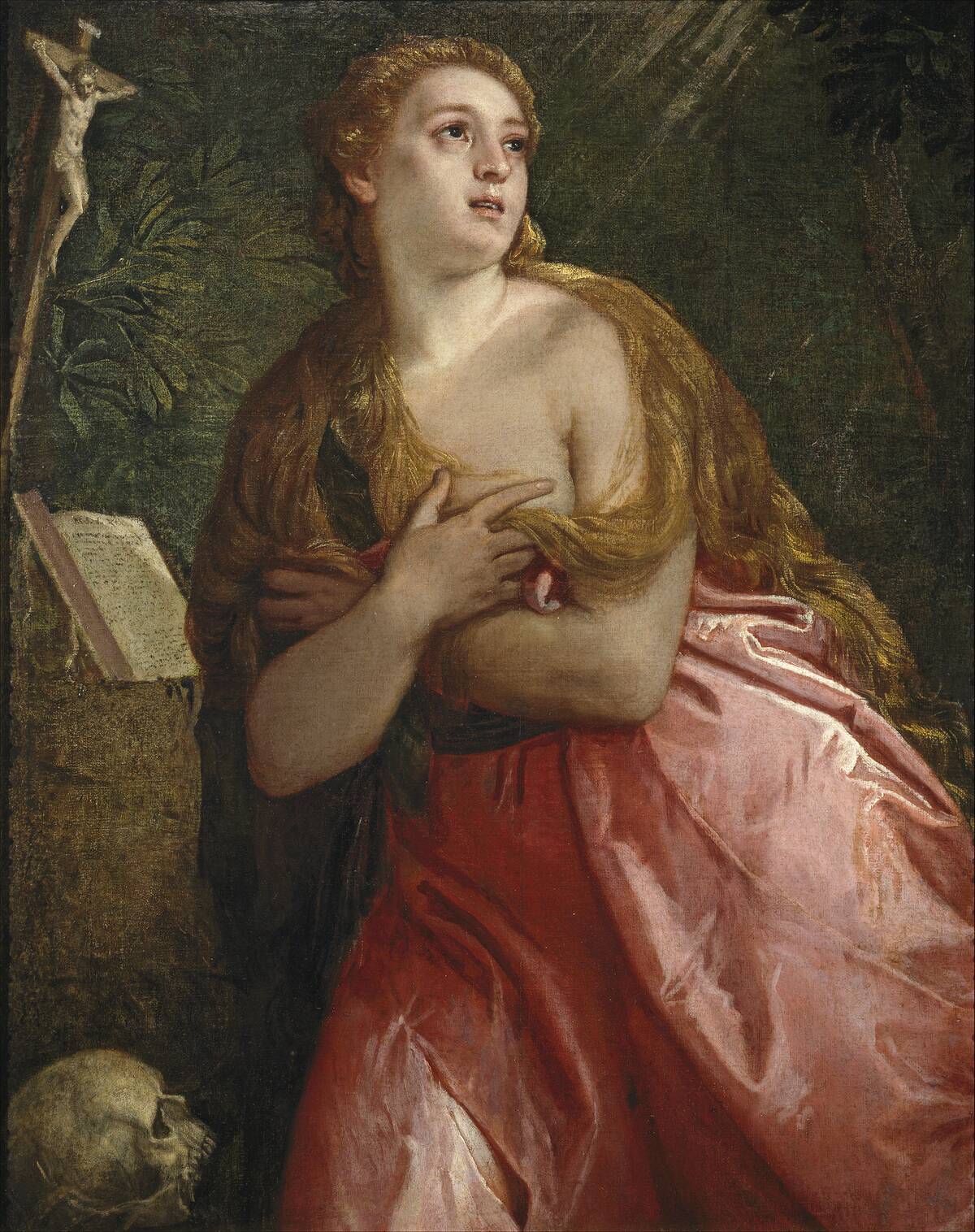
Although Pope Gregory’s character assassination of Mary Magdalene would prove effective for about a millennium, religious scholars eventually started rejecting the most fundamental problem with his sermons.
As US News reported, instances of these scholars rejecting this characterization as a composite of three different people started appearing by the 16th century.
The Catholic Church finally responds
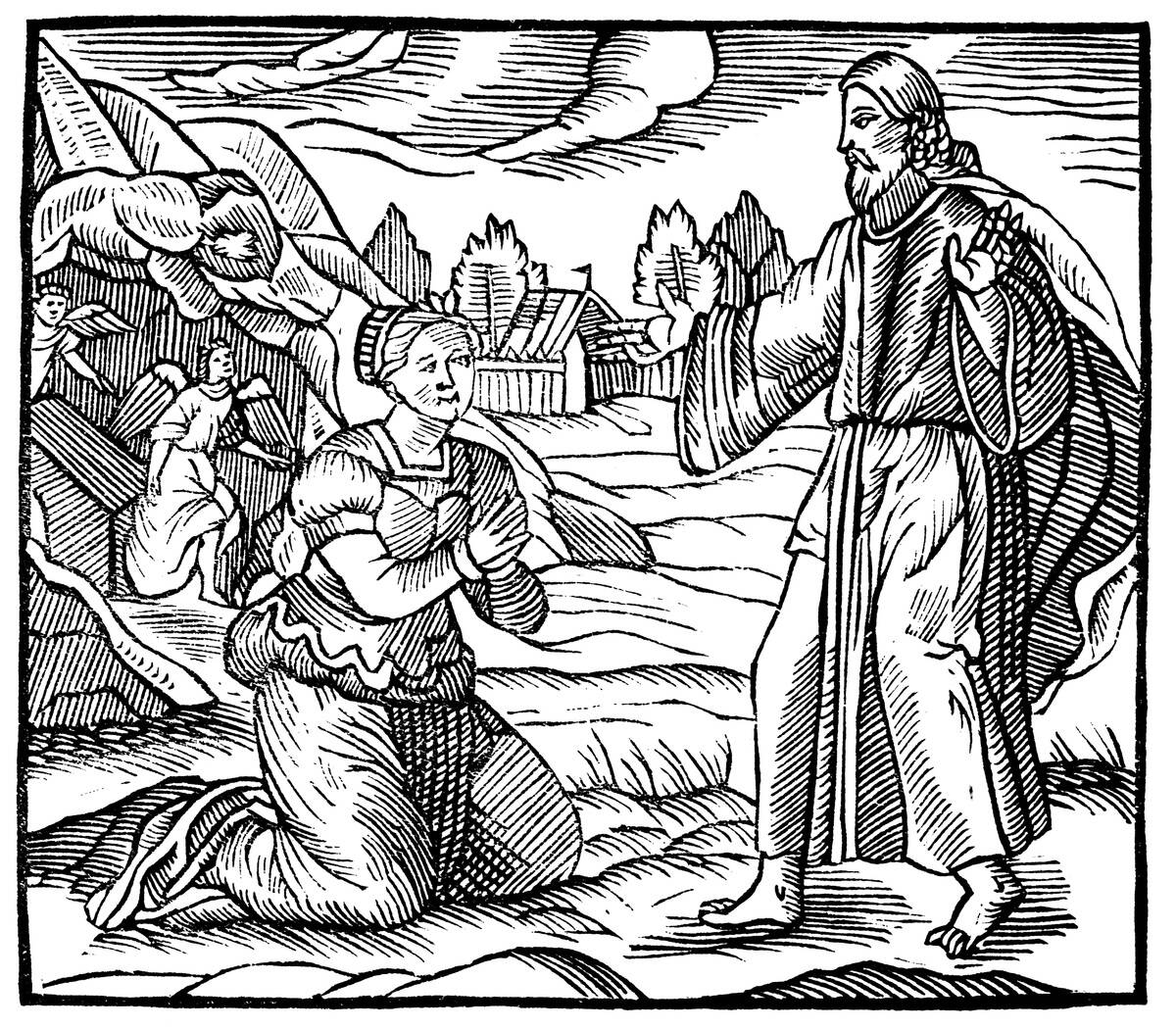
Despite these protests that continued to mount over centuries, the Church’s position on Pope Gregory’s sermons remained unchanged for over 450 years.
But as Time reported, the Church would finally admit that Mary Magdalene was wrongly branded a sex worker in 1969.
The immediate impact
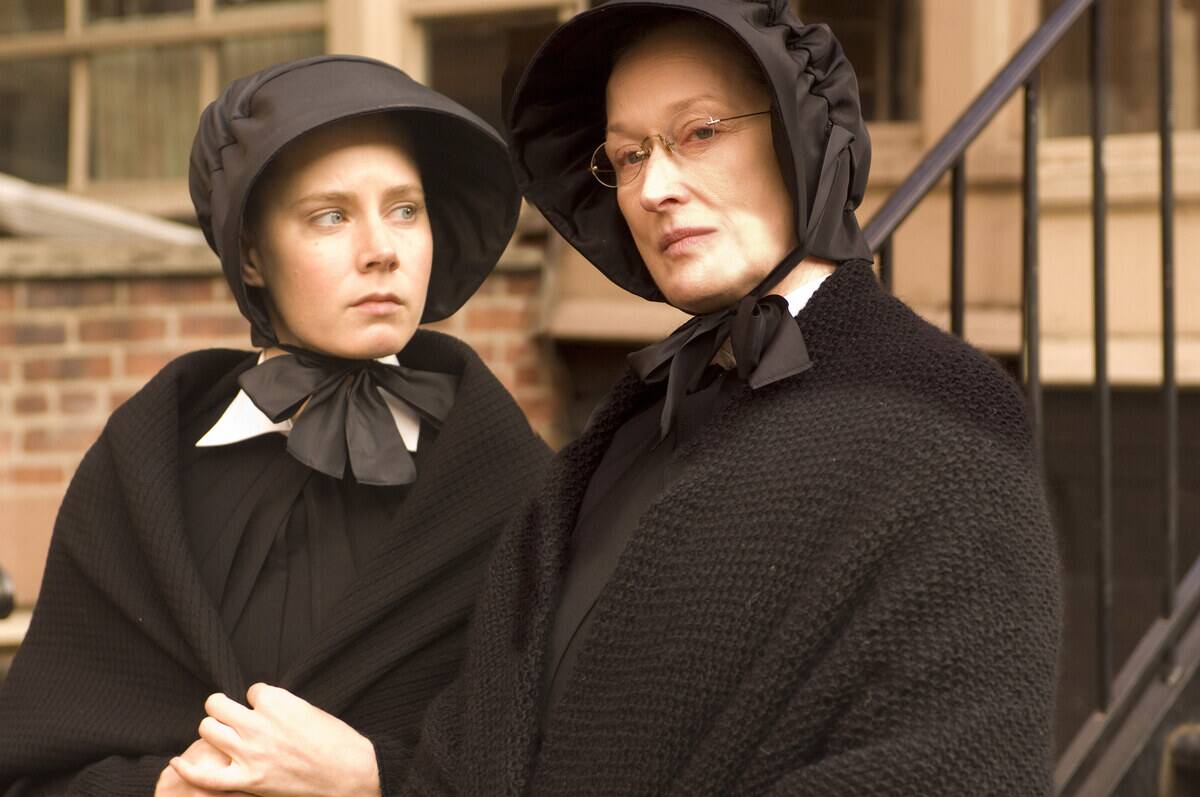
Time further reported that protests calling on the Church to ordain women and to introduce them to other leadership positions have only become more prevalent since that admission.
And Mary Magdalene is proving as strong a foundation for these arguments as she was before Pope Gregory tampered with her legacy.
The damage was done
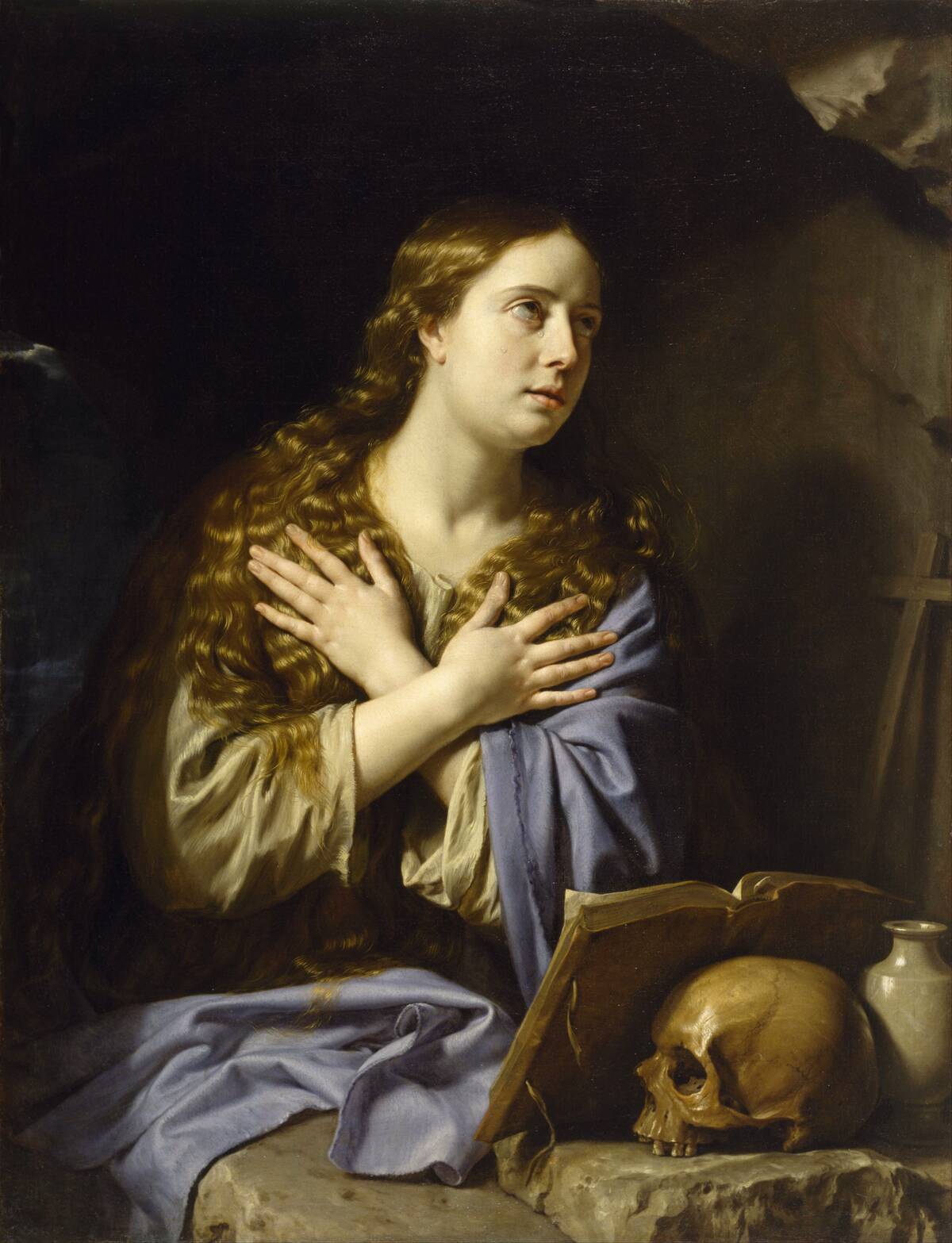
However, the old saying that one can’t unring a bell nonetheless holds true. The perception of Mary Magdalene as a sex worker has remained popular in the arts even decades after the correction in 1969.
Whether that’s due to the time that perception spent as the Church’s official position, the interest in exploring this more complicated narrative, or the relative quiet of the Church’s retraction, the fiction remains more widely known than the truth.



